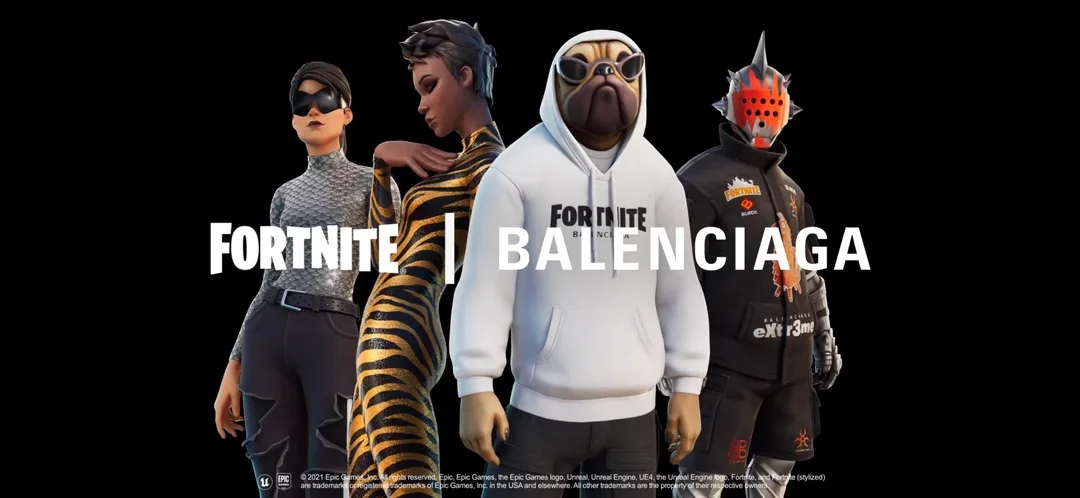Could Gaming Be the New Runway?
For decades, fashion’s runways were anchored in geography: Paris, Milan, London, New York. Each city a temple, each season a ritual. But in 2025, the most important runways are no longer lined with flashing cameras or gilded chairs. They’re Digital and Hybrid.
They live inside Fortnite, Roblox, and Minecraft, virtual worlds where billions of people gather, play, and, crucially, express themselves every day.
When Balenciaga dropped its first digital skins in Fortnite, or when Gucci built an interactive garden in Roblox, it wasn’t a novelty. It was a recognition that identity itself has evolved. We no longer dress solely for the street or the stage. We dress for timelines, avatars, and worlds that exist beyond the physical.
Fashion shows have always been about performance, but what’s changing is where that performance takes place.
From Catwalk to Code
According to GEEIQ’s 2024 report, over 700+ brands now have a presence in virtual worlds, with more than 1,200 activations across Roblox, Fortnite, Minecraft, and beyond, a 58% increase from 2023 alone.
These aren’t minor experiments. In the first half of 2024, there were 347 new brand activations, with 45% taking place in Roblox and 33% on Fortnite. The spend is significant: anywhere from $50,000 for a short-term experience to $1.5 million for a fully immersive world. From Gucci to Forever 21, NARS to Nike, brands are investing deeply to meet audiences where they already are - in digital spaces that feel as alive as any high street or runway.
This isn’t a passing trend. It’s a cultural migration.
Case Studies in Digital Couture
Fashion’s early experiments in gaming have already redefined what a “runway” can be:
Gucci Garden (Roblox): 20 million visitors in just two weeks explored a dreamlike world of digital self-expression.
Balenciaga × Fortnite: Following its drop of digital looks, search volume for the brand surged by 49%, showing the real-world marketing power of virtual activations.
Carolina Herrera (Roblox): A digital gown sold for over $5,000, proving scarcity and desire translate perfectly into the virtual economy.
These numbers aren’t abstract. They’re proof that the digital fashion economy has matured. The same logic that built the luxury industry - craftsmanship, exclusivity, aesthetic control - is being reinterpreted through pixels and polygons.
A New Kind of Fashion Audience
Gaming is not niche. It’s the cultural agora of our time, a space where 3 billion people log in every month, often spending more time inside virtual worlds than on social media. For a generation raised on digital storytelling, gaming isn’t a pastime; it’s an identity platform.
And fashion, at its best, has always been the language of identity. It was inevitable the two would meet.
Brands that treat gaming as a side experiment will quickly be left behind. The audiences inside these worlds are creators, designers, and consumers all at once. They expect interactivity, collaboration, and customisation as standard.
Why This Matters
What makes this moment so exciting isn’t just the technology, it’s the philosophy it introduces. The runway suddenly becomes a collective, global stage and as the physical and digital increasingly merge, the brands that thrive will be those that understand fashion as an experience — one that moves fluidly between bodies and avatars, catwalks and codebases.
So from this we ask…Could Gaming be the New Runway?


